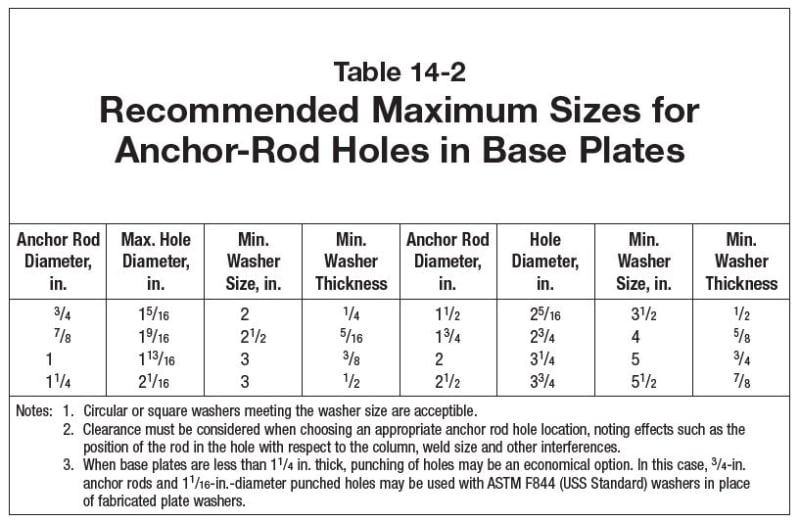canwesteng
Structural
Is it normal for holes in PEMB baseplates to be 13/16" for 3/4" anchors? I swear the last PEMB job I had holes 1/2" bigger, but this vendor is telling me they normally do 1/16". How are we supposed to cast the anchors that accurately?


